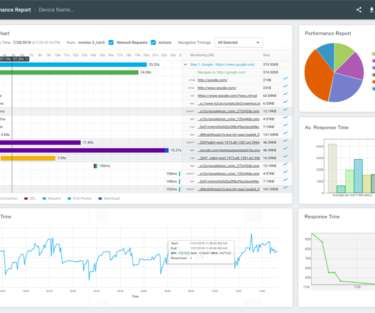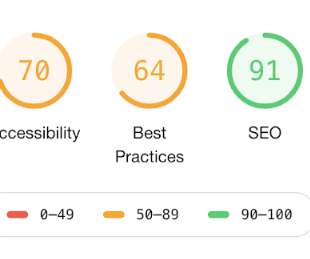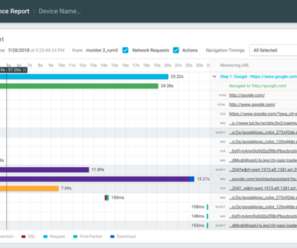Dynamic Content Vs. Static Content: What Are the Main Differences
IO River
NOVEMBER 2, 2023
They cache static content and enable lightning-fast delivery around the globe.This symbiosis reduces server load, boosts loading times, and ensures efficient content distribution. This lower server load allows servers to handle more concurrent connections and efficiently serve more users simultaneously.




















Let's personalize your content